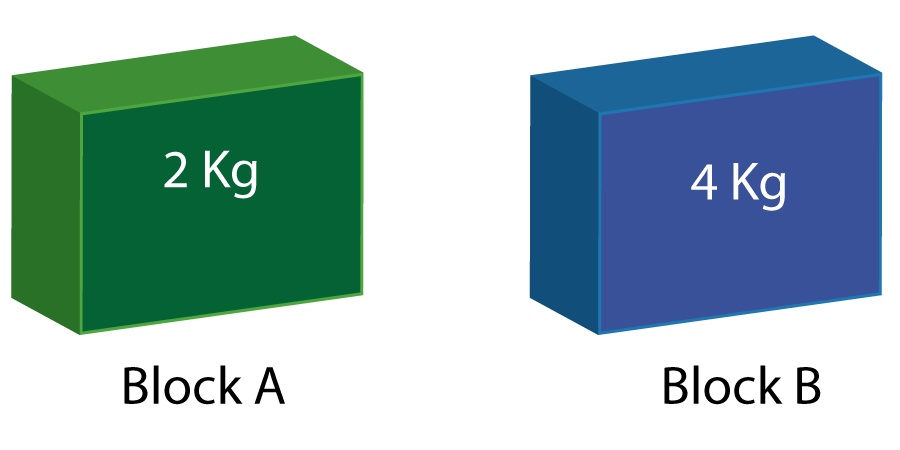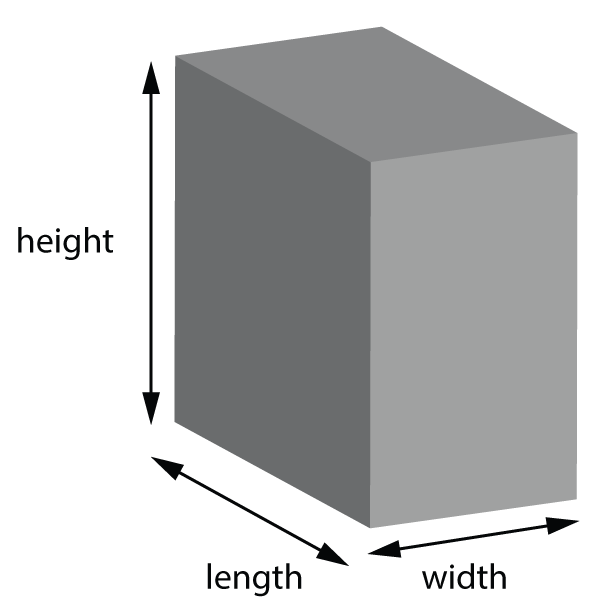1.
Which of these sentences is true?
- A). In a gas the particles have strong forces between them.
- B). Solids take the shape of the container they are in.
- C). The forces are strong between particles in a solid.
- D). Particles in a liquid move faster than in a gas.
|
|
| 2-4: Which of these descriptions matches which state(s) of matter? |
|
| 2. Particles are widely separated. |
|
| 3. No fixed shape. |
|
| 4. Strong bonds hold the particles firmly in place. |
|
5. Which answer best describes the difference between these 2 blocks?

|
|
- A) Block A has a larger volume than block B
- B) Block B is denser than block A
- C) Block A has more mass than block B
- D) Block A has more tightly packed particles than block B
|
|
6. What is the formula for density?
- A) Density = volume x mass
- B) Density = volume / mass
- C) Density = mass / volume
- D) Density = ½ x mass x (volume)
|
|
7. A liquid is added to a measuring cylinder to find the density. What is the correct calculation to find the mas of the liquid?
- A) (mass of cylinder) + (mass of liquid and cylinder)
- B) ( mass of cylinder and liquid) - (mass of water)
- C) (mass of cylinder) - (mass of liquid and cylinder)
- D) ( mass of cylinder and liquid) - (mass of cylinder)
|
|
8-13: This table shows data for various blocks labelled P, Q, R and S, made of of different substances.
What are the missing values? |
 |
| |
Mass (g) |
length (cm) |
width (cm) |
height (cm) |
Volume (cm3) |
Density (g/cm3) |
| P |
20 |
2.5 |
2 |
5 |
25 |
|
| Q |
|
3 |
3 |
4 |
36 |
9 |
| R |
400 |
4 |
5 |
8 |
|
|
| S |
|
3.8 |
|
1 |
1.9 |
19 |
|
|
